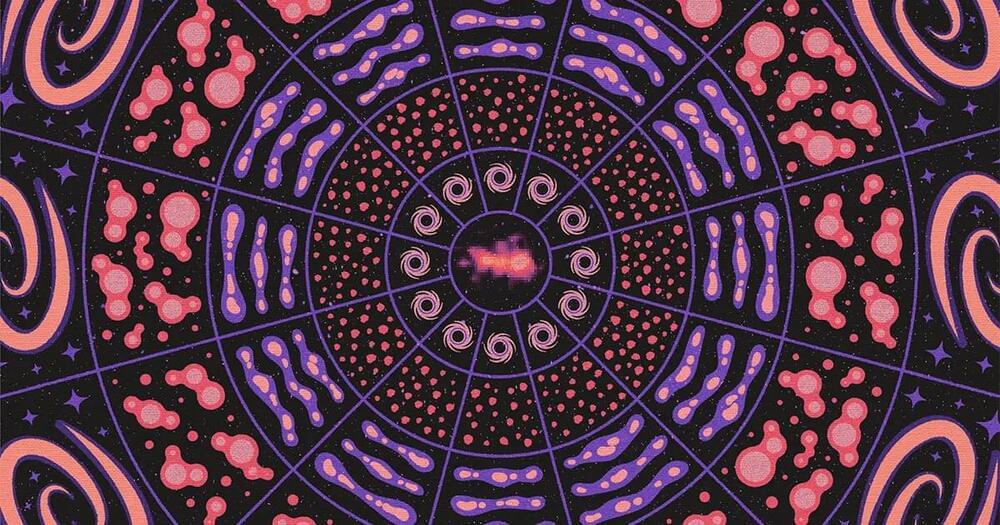Bioactive glasses, a filling material which can bond to tissue and improve the strength of bones and teeth, has been combined with gallium to create a potential treatment for bone cancer.
Tests in labs have found that bioactive glasses doped with the metal have a 99 percent success rate of eliminating cancerous cells and can even regenerate diseased bones.
The research was conducted by a team of Aston University scientists led by Professor Richard Martin who is based in its College of Engineering and Physical Sciences.









